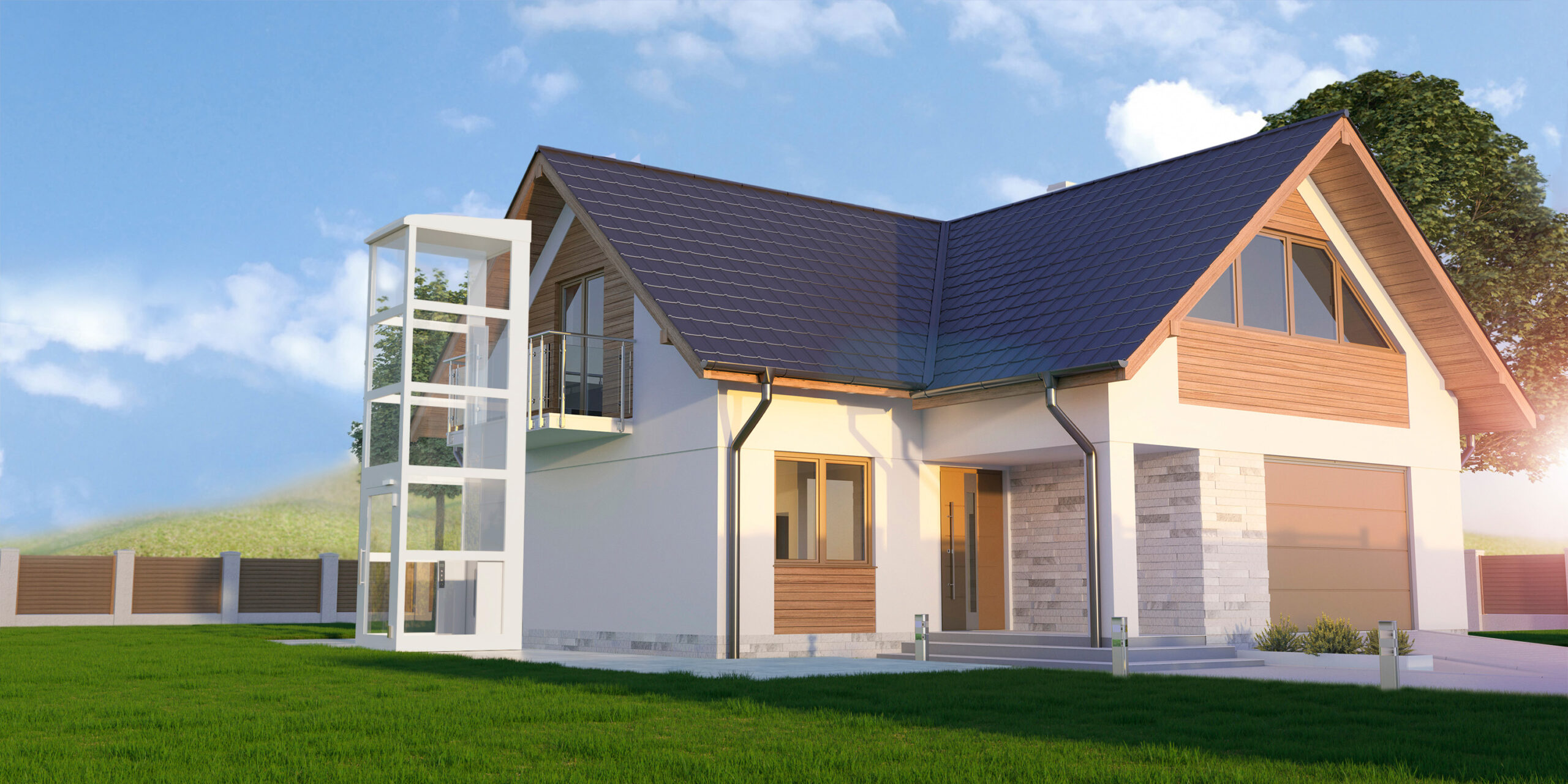Products
DuraPorte
The DuraPorte home lift is an elegantly designed, easy-to-install platform lift for indoor and outdoor spaces. Its modern and stylish appearance allows it to blend seamlessly into any home environment, adding a touch of sophistication with its digital control panel and optional LED floor lighting.
 | Rated load 385kg |
 | Suitable for indoor and outdoor installation |
Get your quote today
Tell us more about your access requirements
Get in touch with our dedicated sales team to discuss your unique access needs for your home and garden. We are here to provide you with tailored advice on the best products that perfectly suit your space and budget. Let us help you create a more accessible environment today!


